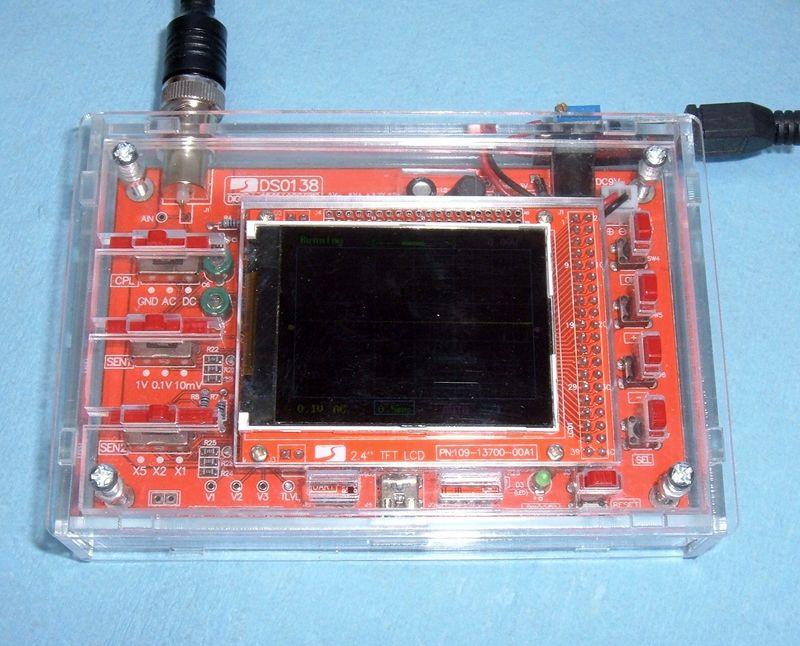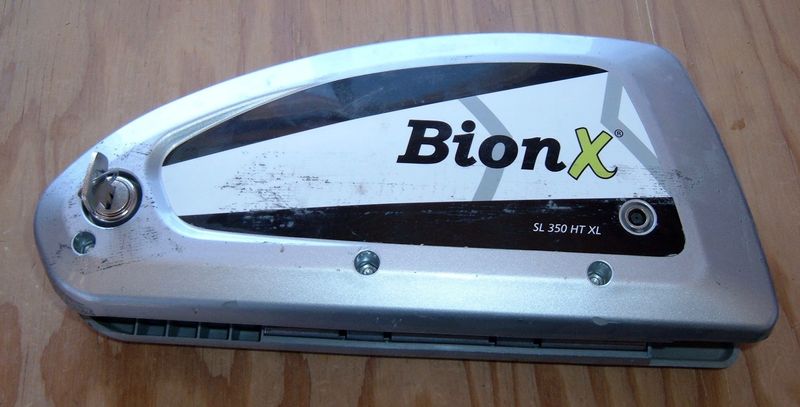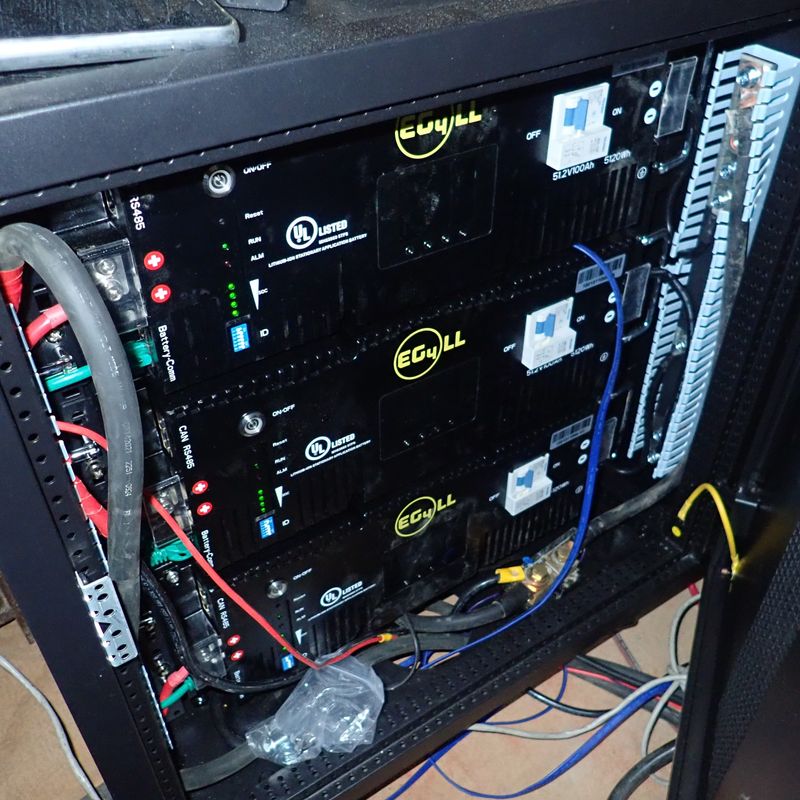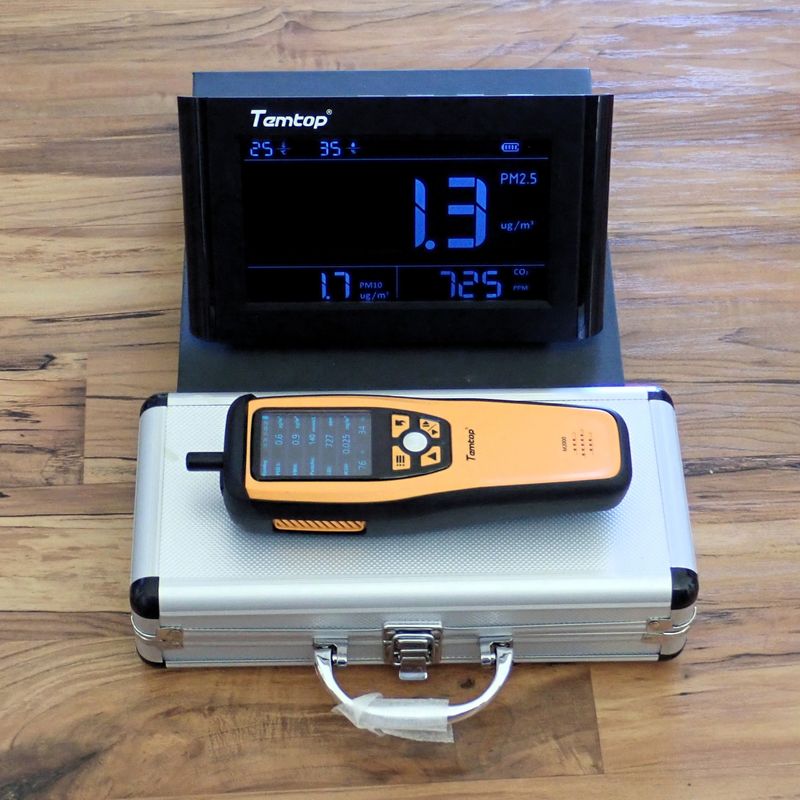I’ve worked with a lot of BionX battery packs over the past two years - stuff I’ve torn apart, stuff I’ve rebuilt. The older packs are an interesting series of packs all built around the Sony US18650V 1600mAh LiMn cells, and these older packs stand out, in a way, by what they don’t have.

They don’t have a balancing BMS or any balance leads! Instead, they have cells that, at least on paper, claim to be self balancing.
How well does it work in practice? Perhaps surprisingly, very well!
I have a selection of live packs to play with (old and worn out but still holding a charge) - read on and let’s find out how well some old BionX packs are balanced!
Balancing, Lithium Ion Batteries, and BionX
What is balancing, and why does it matter?
A battery is made of a bunch of cells, and ideally, all the cells in the battery should all be the exact same voltage. A standard lithium ion cell is fully charged at 4.2V, is around 50% state of charge at 3.7V, and shouldn’t be run below about 3.0V (though you won’t hurt anything by cutting off higher - 3.2V is a perfectly reasonable cutoff voltage).
Ideally, at all different states of charge, every cell in the pack will be identical in voltage. Often, this isn’t the case, due to variation in cell capacity over time, differing resistances in the wiring, or even different temperatures at different points in the pack.
Balancing is the process of making sure all the cells have the same voltage at some point or another in the charge cycle. For electric bikes, it’s generally a “top balance” - making sure all the cells are charged to 4.2v (or whatever fully charged voltage is appropriate) at the end of a charge cycle.
This is usually accomplished by having balance wires (or voltage sense wires) going to each parallel group of cells. On this picture from a teardown of a 2011 iZip Ultra battery pack I did a while ago, you can see the colored wires across the top. There’s another set across the bottom, and this allows the BMS to see the voltage of every single parallel group of cells.

The older BionX packs don’t have this. Instead, they rely on the self balancing behavior of the chemistry they chose (spinel LiMn).
I’ve finally come across a few BionX packs that still have voltage in them. They’re weak, capacity-wise, but they’re still charged, so I can see how this works in the real world. These packs have all undergone hundreds of cycles over the better part of a decade, so they should be a worst case test.
10S6P 36v 9.6Ah Pack
If you have a 36v 9.6Ah pack, it will looks like this - or it will look like the next one down. It seems like the older packs used this format, and the newer packs (into the CanBus era) use the next layout. I actually prefer this layout for efficiency reasons…
This is a rather weird arrangement - 10S strings (ten cells connected in series), with 6 of these strings in parallel. You can see the positive/negative connections across the top (positive on the top left, alternating across). There’s no balancing at all, and this arrangement would be quite difficult to balance anyway.

The underside is basically the same thing, just with a bridge across the bottom instead of the end terminals. Everything is exposed and easy to measure once the shrink wrap is off!

This pack came to me for a rebuild, and actually holds a charge - it’s not totally dead yet! As such, I can see how it’s holding up after 6-8 years of regular use.
Voltage Measurements
I measured each series string in bulk. All six of them measured 40.2v (which is as precise as my voltmeter gets - I really need a bench one with higher precision).
I then proceeded to measure each and every cell voltage. Each cell measures 4.01v. They’d start at 4.03v or 4.02v, and then within a few seconds settle down to 4.01v and stay there.
So, on the initial surface charge, they were within 0.01v, and all settled down quickly to exactly the same voltage within the precision of my voltmeter. Being within 0.01v of each other, I’d call “balanced.”
This is, by far, the least-likely-to-be-balanced cell arrangement one can come up with, and it’s nearly perfect. I’d say these cells are self balancing!
Efficiency
This pack layout is theoretically a bit more efficient than the next one. Power losses from resistance are R*I2 - “I-squared R” is the usual way of saying it. Each of the nickel strips is a resistor (a small one, but still a resistor). For this pack design, each of the six parallel groups handles 1/6th the current - so the losses are 1/36th handling the same current in a parallel group. There are six groups, though - but the losses to resistance should still be about 1/6th the losses on the next pack. It’s not a big deal, and this pack design requires more wire, but of the two, I prefer this style.
6P10S 36v 9.6Ah pack
This is the other common arrangement of cells BionX uses in the LiMn 36v packs, and it shows up in the newer packs (all the 37V Canbus packs I’ve seen are of this style).
It’s a slightly more standard arrangement of cells, with groups of 6 in parallel, and 10 of these groups in series.
Like the other pack layout, there’s no provision for individual group balancing - it just relies on the cells to do the right thing.


How is this one holding up?
Voltage Measurements
The bulk voltage across this pack shows as 40.4v on my voltmeter.
Each individual parallel group started at either 4.03 or 4.04v, and settled down to 4.03v within about 5s.
Another pack, balanced to within 0.01v and within the tolerance of my voltmeter.
I’m sensing a theme here.
These packs just stay balanced.
6P7S 26v 9.6Ah pack
I’ve also had an opportunity to play with a fairly rare pack - an older, 26v pack. This is a 6P7S arrangement. It, too, showed up on my bench in a charged state, shortly before I rebuilt it to an 18Ah pack (yes, almost twice the stock capacity).


Voltage Measurements
Nothing to see here. Another boring one. 28.45v across the pack, 4.06v across every parallel group. There is definitely a pattern here.
What’s Happening?
Many battery chemistries can be balanced by an overcharge - lead acid is the most common one here along these lines. An “equalize charge” is just overcharging the battery for a period of time. Full cells just get warm and offgas, while other cells catch up.
Most lithium cells don’t do anything like this, but the spinel LiMn cells exhibit slightly reduced charging efficiency when near full - less energy goes into actually charging, more goes into heat. This slows down the charging process on the cells that are mostly full and lets others catch up.
This isn’t a particularly strong effect, so it can take a few cycles for badly balanced cells to equalize out, but it works quite nicely, and for something like an electric bike battery pack that starts with high quality cells, it works just fine!
Conclusions
I can’t speak to the detailed chemical whys of this particular chemistry and it’s self balancing aspects - I haven’t gone that deep into the details of a fairly old chemistry. But it most certainly works in practice!
The energy density of these cells isn’t great - 1600mAh on the ones BionX originally used, and 2250mAh on the newer models of the same chemistry that I use in my rebuilds.
But, as observed in practice, without any balancing, these cells commonly remain incredibly well balanced!
It’s a pretty neat trick, and certainly reduces the complexity on the BionX controllers in the early days!
This only applies to the 26V and 37V packs, though. The newer 48V packs are entirely different on the inside - and if you’re curious, you might want to check in next week, because I’ve got one of those on my bench to work with!
Comments
Comments are handled on my Discourse forum - you'll need to create an account there to post comments.If you've found this post useful, insightful, or informative, why not support me on Ko-fi? And if you'd like to be notified of new posts (I post every two weeks), you can follow my blog via email! Of course, if you like RSS, I support that too.








